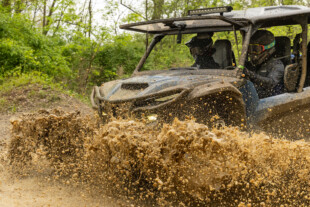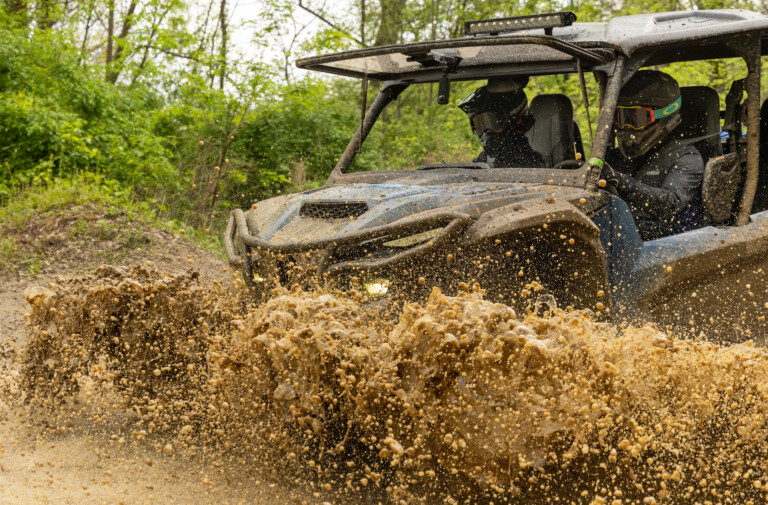Nicolas Werver deserves all the praise a racing fan can muster. His commitment and precision is on par with some of the best racers in the world. When you see someone this skilled not competing at the highest level, you’re reminded the world isn’t a fair place; he could’ve been atop an IndyCar rostrum if his stars had aligned differently. Oh well—it’s tough to feel too sorry for him, since he spend much of his time flirting with danger and grazing guardrails in one of the most fearsome Porsche hillclimb cars in the world.
The throttle application from the start is measured, as its asphalt-rippling torque is considerable, especially at 1:29, when he effortlessly lays black stripes on the road. With the guardrails so close and the car’s proclivity for going sideways, the throttle needs to be applied with some care.

His 997 GT2, fitted with GT3-R bodywork and enough tire to handle the 600+ horsepower, is a force to be reckoned with.
So, with enough power to spin the rears easily, his consistency and commitment has to be attributed to the razor-sharp front end of the Porsche hillclimb special. Well, that, and his ability to place the front tires within inches of the edge of the road. Maximizing the radius wherever he can, he drops inside wheels (1:47) to help open the throttle up just a fraction of a second earlier. Some of its accuracy is on account of the short front with minimal overhangs, making the car easier to place, but the response from the front is better than most 997’s.
Though it steers into hairpins faster than most would have you believe a 911 could, the GT2 is still subject to the habits for which the 911 is known. After rolling in a little faster than needed and lifting mid-corner, the rear comes around beautifully to meet him prior to the exit. Despite being built specifically as a Porsche hillclimb car, it’s not free from lift-off oversteer. With his quick hands and measured approach, he’s able to get the most out of this machine consistently. It’s no wonder he’s a six-time hillcimbing champion.
At higher speeds, the car seems to neutralize, and the rears are no longer traction-limited. The damping looks excellent too—it hops slightly over a major compression but doesn’t spear into the barriers (2:36). Though nervous, it seems controllable with some talent. Let’s call it playful, but it requires a caring touch—maybe rewarding would be more apt.
Maybe that’s why he gives it a loving tap on the dash at the end.



















